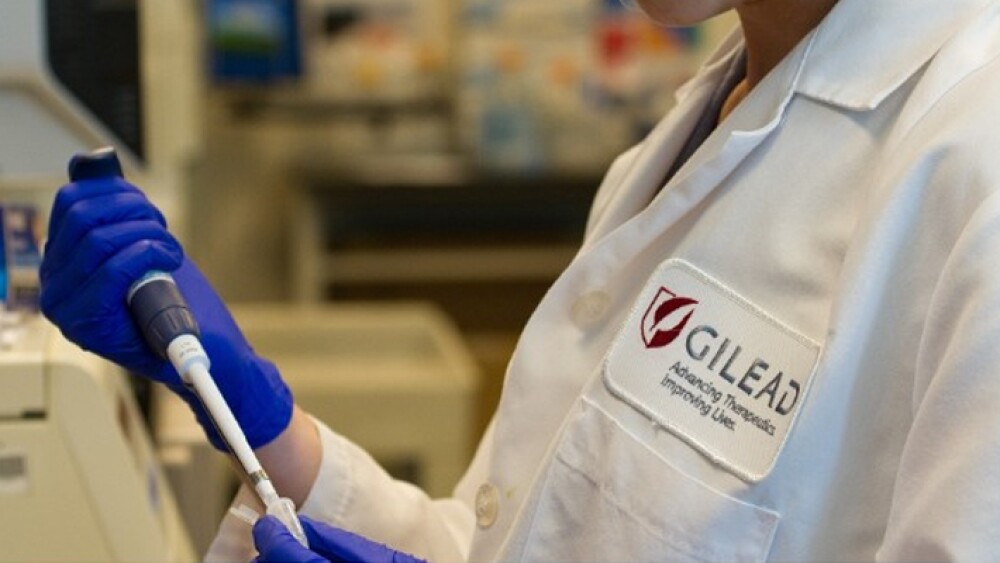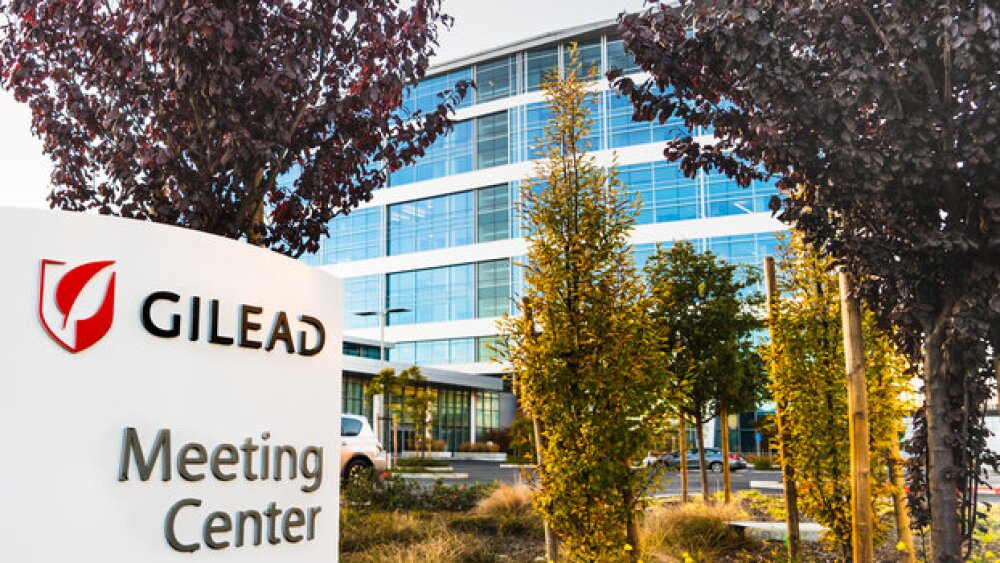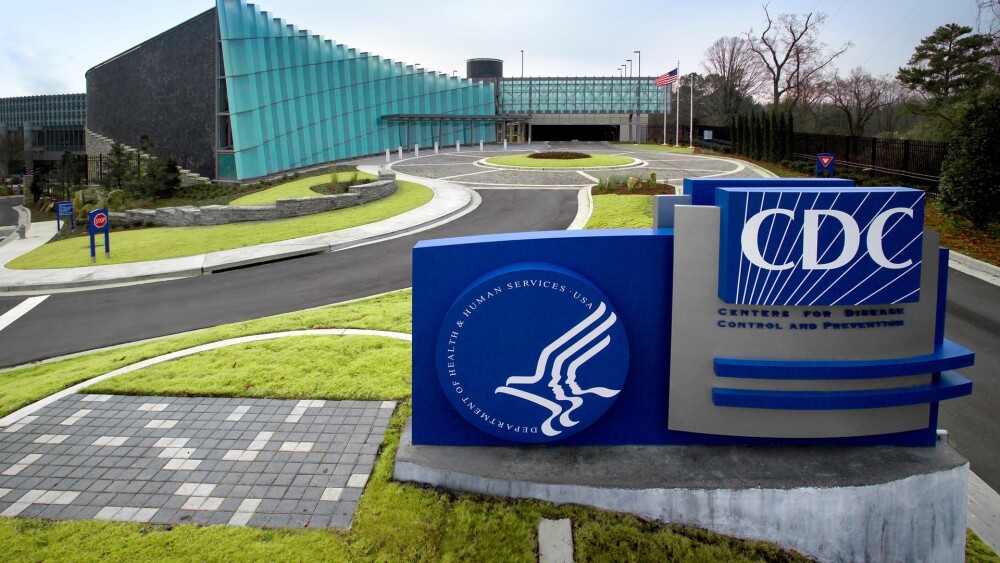December 16, 2016
By Mark Terry, BioSpace.com Breaking News Staff
Summit, NJ-based Celgene is a highly successful company that has a very strong pipeline, healthy portfolio, and has made some smart and interesting acquisitions. Despite that, it’s not free from all worries. Keith Speights, writing for The Motley Fool, looks at three of the biggest challenges the company could face.
1. Johnson & Johnson is at their back door.
Celgene’s Revlimid is currently the dominant treatment for multiple myeloma (MM). Back in 2015, Johnson & Johnson (JNJ) received approval for its Darzalex to treat MM in patients who had at least three previous therapies. This wasn’t particularly troublesome news for Celgene, because most of those patients would already have received Revlimid, and possibly its other MM drug, Pomalyst.
Then in October of this year, the U.S. Food and Drug Administration (FDA) approved Darzalex as a second-line treatment for MM. Also, this was not the biggest concern for Celgene because the second-line treatment protocol required Darzalex be used in combination with Revlimid and dexamethasone, or with Velcade and dexamethasone.
But J&J had a Phase I/II study in October that showed that patients taking a Darzalex, Revlimid and dexamethasone combination treatment had better results than patients only taking Revlimid and dexamethasone.
Speights writes, “Darzalex’s performance was so positive that it could become a standard of care for multiple myeloma down the road.”
The good news for Celgene is that any such shift in treatment paradigm probably wouldn’t occur until at least 2020.
2. The generics are coming.
Allergan submitted an Abbreviated New Drug Application (ANDA) in March for a generic version of Abraxane, another of Celgene’s cancer drugs. Celgene has several patents on Abraxane, and the last one to expire in the U.S. has until 2026. But Allergan is challenging those patents, although those lawsuits will likely drag out beyond 2017.
But Revlimid’s patents are being challenged, too, especially in Europe, where the European Patent Office (EPO) ruled against Celgene for one of its Revlimid patents in 2015. The appeals are expected to continue for some time.
Speights writes, “India-based Dr. Reddy’s Laboratories also filed an ANDA for approval in September of a generic version of Revlimid in the U.S. Celgene quickly responded by filling an infringement action, which would delay any FDA approval of the ANDA until 2019 unless the drug’s patent protection is overturned.”
3. Clinical trials are unpredictable.
Celgene has a promising and deep pipeline, but it would be a rare—or nonexistent—company that hasn’t had unexpected failures. The company currently had 17 ongoing late-stage clinical trials. Earlier this year, Celgene’s Revlimid failed a trial evaluating its potential to treat diffuse large B-cell lymphoma (DLBCL).
The company has a lot resting on trials of ozanimod, which, if approved, has been projected to have peak annual sales between $4 billion and $6 billion. It is in two late-stage trials, one for multiple sclerosis, and the second for ulcerative colitis. It’s also in a mid-stage trial for Crohn’s disease. In order for the drug to hit those $4-to-$6 billion mark, it would require being approved for all three indications, which would be an impressive trifecta.
Speights writers, “Not every candidate in Celgene’s pipeline will pan out. However, too many failures—or a few flops for the biggest potential stars like ozanimod—could make the biotech’s growth goals difficult to achieve.”
Even with those challenges, Celgene seems like a strong company with a lot of power to spare. The J&J and generic risks are several years down the road and every company faces the possibility, even likelihood, of failed clinical trials. Both its pockets and its pipeline are deep, which should, barring disasters, help it weather the competition.





